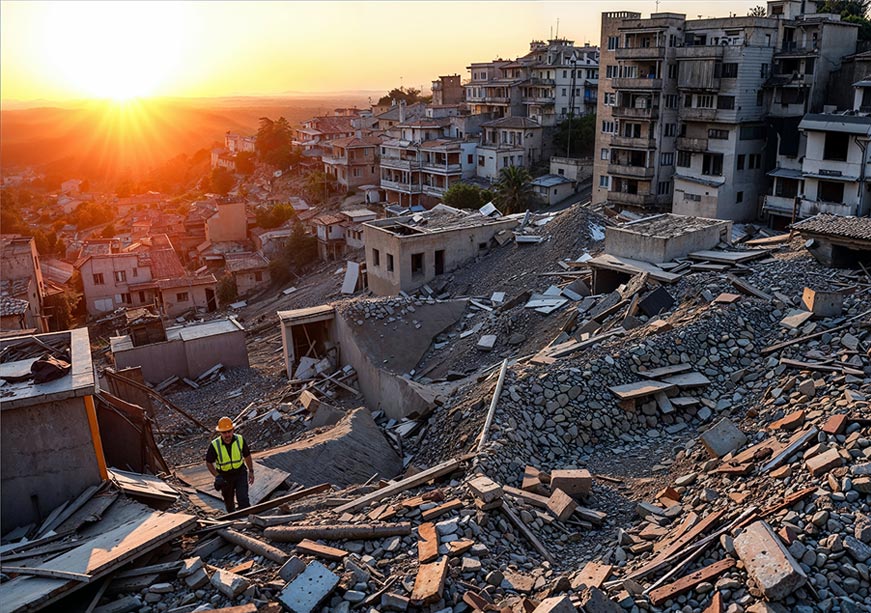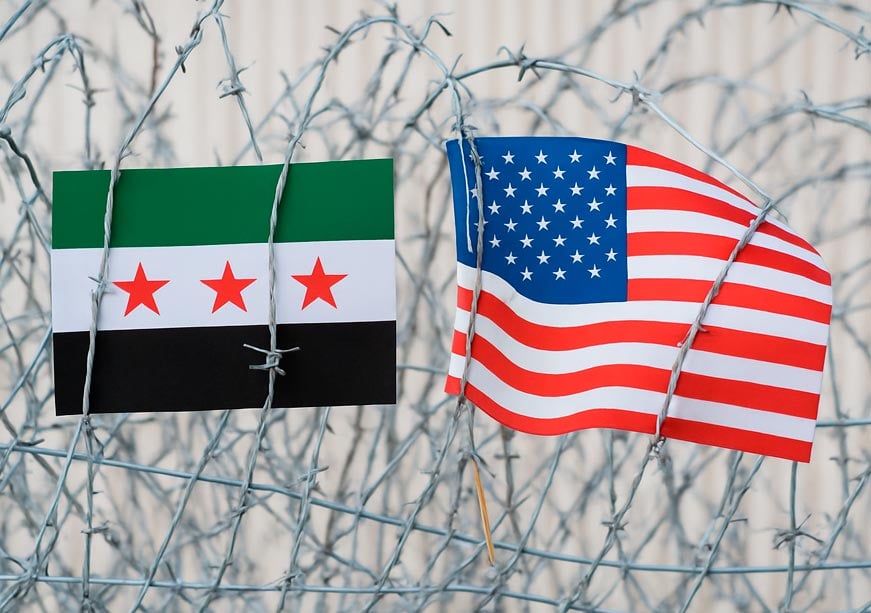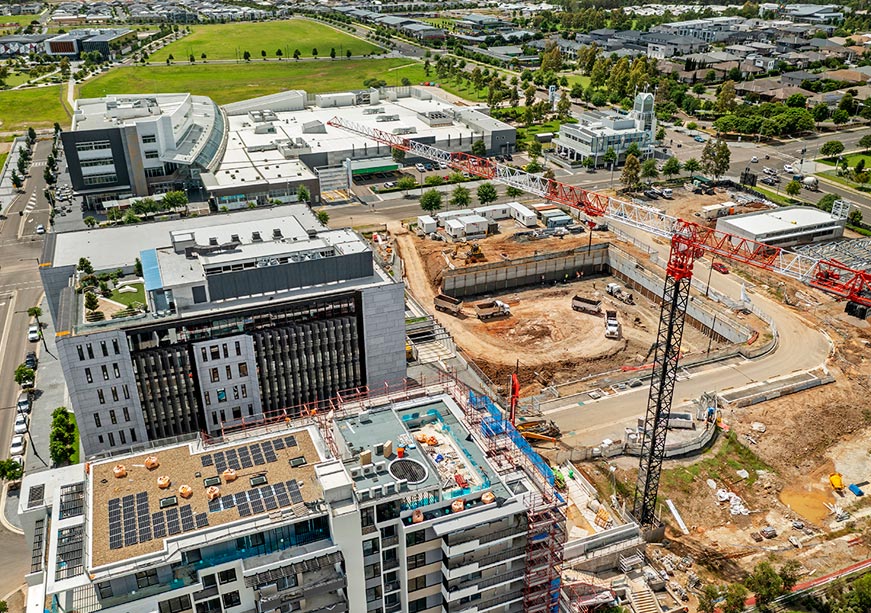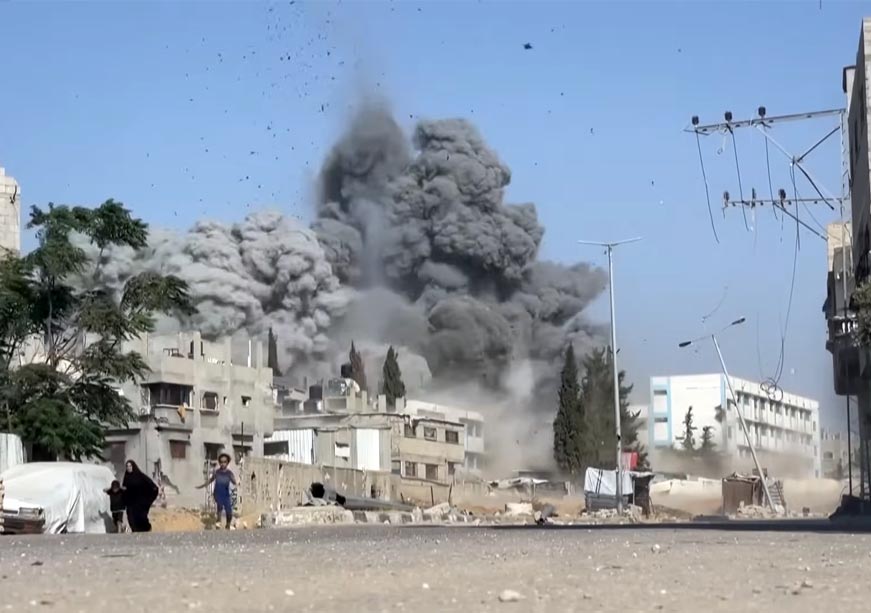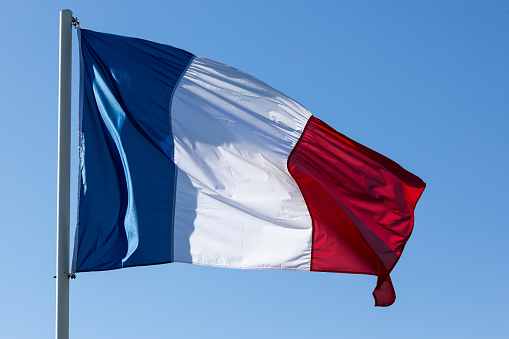The ceasefire declared in Suweida, Syria on 19 July 2025, was meant to halt a week of sectarian bloodshed between Druze militias and Bedouin gunmen. Yet clashes persist along the province’s western ridges, and local militias remain wary of Syrian army patrols. This uneasy calm reveals more than provincial instability. It exposes the deeper strategic rupture now shaping Israeli–Syrian relations—one not rooted in temporary mistrust, but in fundamentally divergent visions for the region’s future. For both Damascus and Tel Aviv, Suweida has become more than a domestic fault line—it is a proxy arena for competing regional logics.
At the heart of this impasse lies a structural contradiction. Israeli Prime Minister Benjamin Netanyahu has reiterated Israel’s determination to maintain a demilitarised zone in southern Syria, emphasising the necessity of “preventing hostile forces from establishing a foothold near the Golan Heights”. Conversely, Syrian President Ahmed al-Sharaa condemned the July 2025 strikes as a “flagrant violation of Syrian sovereignty” that risks “sowing chaos” and undermining national unity. Each side views the situation as a zero-sum game: Israel seeks a secure buffer in the south, while Damascus insists on restoring full central authority—each side’s success fundamentally negating the other’s core objective.
The Golan Heights crystallises this divergence. Annexed by Israel in 1981 and recognised by the US in 2019, it remains both a symbolic and operational red line. For Israel, it is a defensive bastion against Iranian and Hezbollah encroachment. For Syria, it is the indivisible core of national identity. No political arrangement that excludes the Golan’s return is politically viable in Damascus. Here, the logic is not rhetorical—it is constitutional.
The fall of Bashar al-Assad in December 2024 briefly raised hopes of strategic recalibration. Al-Sharaa, a former Hay’at Tahrir al-Sham (HTS) commander turned transitional president, has projected a more pragmatic tone. He reaffirmed Syria’s commitment to the 1974 disengagement agreement and floated the idea of technical talks on humanitarian access. But this posture—deliberately calibrated—has not translated into trust. Israeli officials remain sceptical of his jihadist past and uneasy about the presence of ex-rebels in his cabinet. The July airstrikes near Damascus, targeting key military nodes, were read in Damascus not just as deterrence, but as a warning: no deviation from Israeli red lines will go unanswered.
The transnational character of the Druze compounds volatility. Unlike other embattled minorities in the region, Israel’s Druze are fully integrated—they serve in the military, vote, and hold national office. That civic status gives their cross-border concerns political weight. The 2024 Majdal Shams rocket attack, which killed 12 Druze schoolchildren, exposed the vulnerability of even Israel’s Druze to regional spillover. Suweida has only sharpened those anxieties. Domestic pressure—particularly from Druze constituencies—has hardened expectations around Israeli deterrence. MK Hamad Amar, a Druze lawmaker from the right-wing party Yisrael Beiteinu, publicly reminded Netanyahu of his pledge to protect “our brethren” in Syria. But the security establishment remains cautious: prolonged intervention risks entanglement and could alienate both Israeli and Syrian Druze.
These pressures are nested within a broader political climate that disfavours diplomacy. Netanyahu’s coalition, reinforced by figures like Bezalel Smotrich and Itamar Ben-Gvir, prizes military initiative over engagement. Public discourse is shaped by post-Gaza economic recovery and fears of Iranian retrenchment. With a fragmented opposition and a security-focused war cabinet, Israel’s default is pre-emption—not negotiation.
From Damascus, such behaviour is read as an attempt to impose a de facto order in Syria’s south, in violation of the 1974 ceasefire framework. The symmetry of distrust is striking: each side sees its logic as reactive, defensive, and constrained—yet to the other, it looks unilateral, expansionist, and pretextual. The result is not just gridlock, but a collapse of even minimal coordination.
On the Syrian side, Suweida’s Druze factions remain deeply suspicious of al-Sharaa’s transitional government, fearing domination by Sunni Islamist elements embedded within the broader power structure. This sectarian distrust reinforces local defiance and, in turn, bolsters Israel’s rationale for deterrence. The feedback loop is self-sustaining: sectarian fragmentation fuels interventionism; interventionism amplifies sectarian fragmentation.
Al-Sharaa’s political space is constrained as well. He presides over a fractured terrain— HTS holdouts in Idlib, Assad-era loyalists in the officer corps, Iranian militias operating autonomously, and tribal actors with their own hierarchies His cabinet lacks the coherence to deliver credible commitments and the legitimacy to make territorial compromises. Most importantly, the Golan remains an immovable pillar of Syrian foreign policy. For much of the Syrian public, any agreement short of its return would constitute not realism, but betrayal.
At the same time, Israel’s earlier incursions into the UN-monitored Golan buffer zone—establishing nine outposts after the Syrian army’s withdrawal—elicited little more than a muted response from Washington. It was therefore no surprise that Israel ignored US Special Envoy to Syria Thomas Barrack’s ceasefire plea. The Damascus strike only confirmed that unilateral freedom of manoeuvre is now the prevailing reality, with US influence reduced to a faint background murmur.
Prior to the Suweida violence, early glimmers of diplomatic goodwill emerged in May, when Syria reciprocated Trump’s outreach in Riyadh—marked by the lifting of sanctions—by returning personal documents of Israeli spy Eli Cohen amid UAE-facilitated backchannel talks. Yet these efforts remained confined to technical matters and skirted core issues such as the Golan Heights. Al-Sharaa’s external posture reflects these limits. His priority is consolidating domestic governance and securing reconstruction aid, as shown by Saudi Arabia’s recent US$6.4 billion investment pledge. While he has not closed the door on technical deconfliction with Israel, he has avoided any framing that resembles a normalisation track. Without movement on the Golan—or a fundamental change in Israeli strategy—his diplomatic posture will remain intentionally narrow.
Only one certainty endures: Israel will continue to double down on deterrence along its northern front. Without a shared baseline—territorial, diplomatic, or strategic—deconfliction is the most either side can sustain, and even that remains fragile.
Evangeline Cheng is a Research Associate at Middle East Institute, National University of Singapore.

